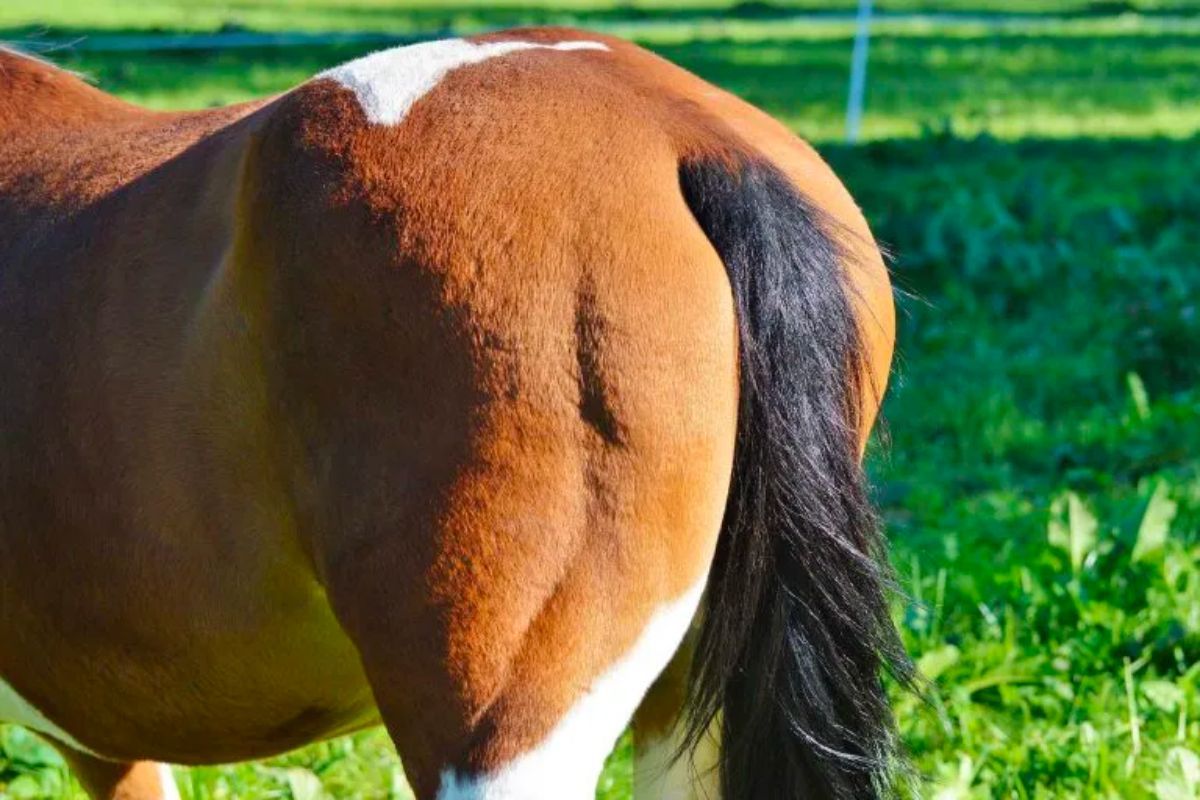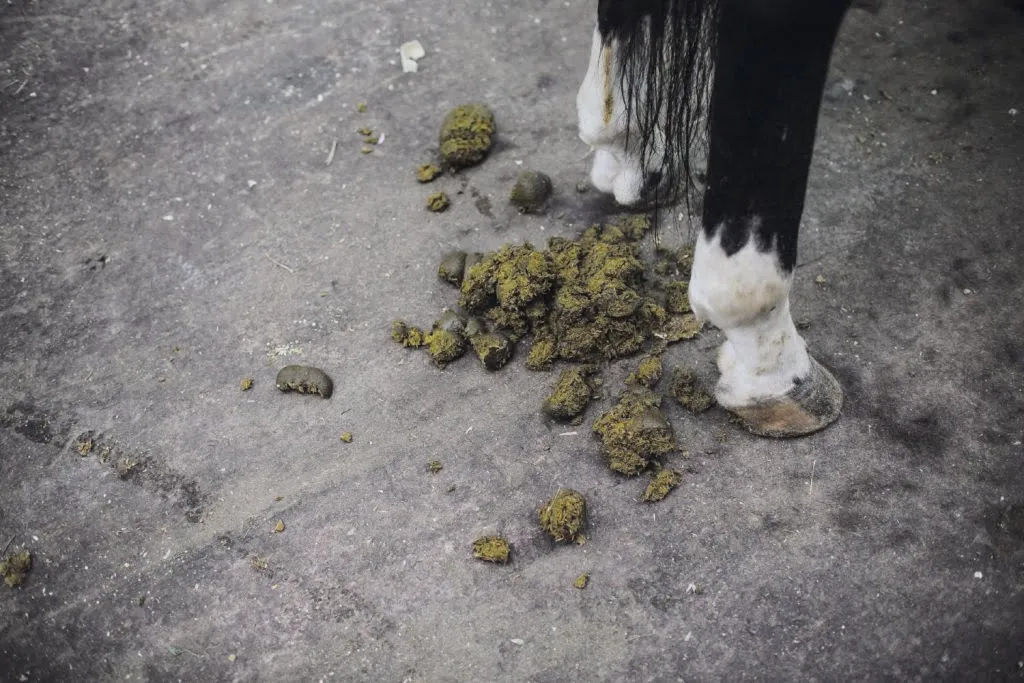Menu

Have you ever experienced going out to your horse and to your great horror discovering that it stands in the stall with a half or bird's nest-like tail? Either it has scratched its tail beyond recognition, or it – or another horse – may have gnawed it halfway apart. But why? One thing you can be sure of: There is a reason for it.
Often it is the case that horses, who eat others' or their own tails, lack something in their diet. Some may resort to smearing the tail with bite-stop, but that is only treating the symptoms and therefore not a long-term solution. Horses sometimes eat the tail when it lacks fiber, so the digestive system is not stimulated enough. This results in behavior where the horse eats everything it can get its hands on just to meet the need. A horse that stands on shavings or wood pellets and does not get enough hay or grass may lack fiber in some cases. But it could also be that something else is wrong. And here it is our task and responsibility as owners to find out what it is.
You may also like to read: 20 fascinating facts about the horse's tail, its anatomy and function
In nature, a free-roaming horse will resort to eating its tail if it is attacked by parasites. It does this because the tail hairs can help reduce the worm infestation in the horse's intestines. The long tail hairs simply pull the parasites out when the horse defecates. So if your horse has many hairs in its feces, it could be a sign that it is affected by parasites. In that case, you should, of course, consult your veterinarian as soon as possible so that the horse can get the proper worm treatment.

In some horses, the big culprit is eczema. Often it is summer eczema, which is caused by bites from mites. And if your horse even gets itchy and flaky rashes, which in some cases directly ooze, then it is not so strange that it itches and is really uncomfortable. Often it helps to wash the area with a mild soap, let it dry, and smear it with a fat and fragrance-free cream or ointment. Apply several times daily, but avoid washing too often, as it can dry out the skin.
In a prick test, the horse may show an allergy to mites, and then it is not enough just to clean and smear. Here the only solution to the problem is to remove the horse from areas where there are many mites. Often you see that there are fewer mites in areas near the sea, where it is a bit windier than average. On the other hand, mites love humid terrain and twilight. Therefore, it may be appropriate to bring the horse into the stable during that time.